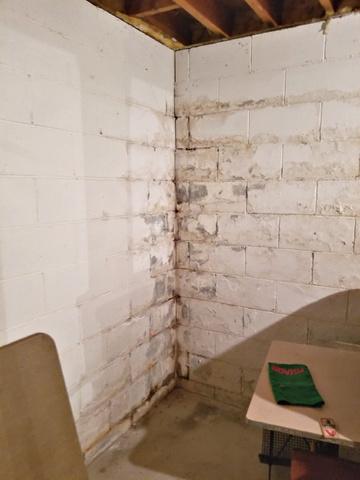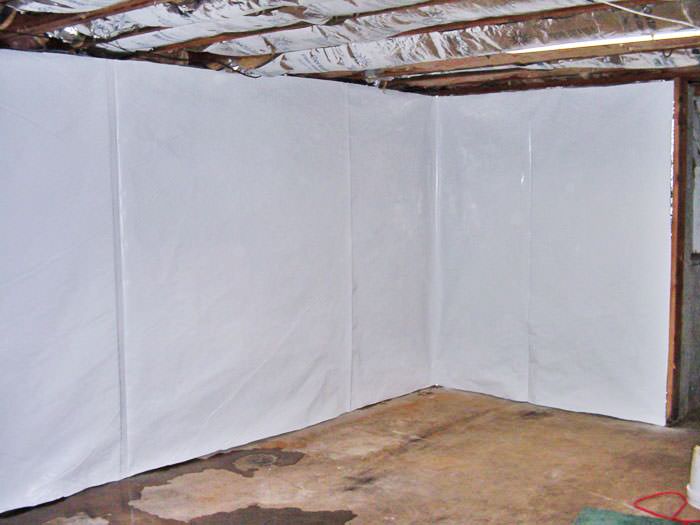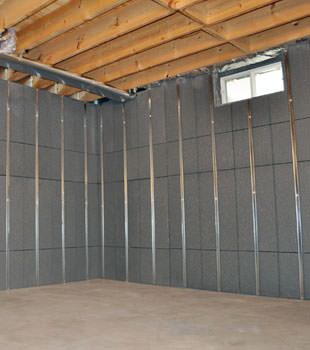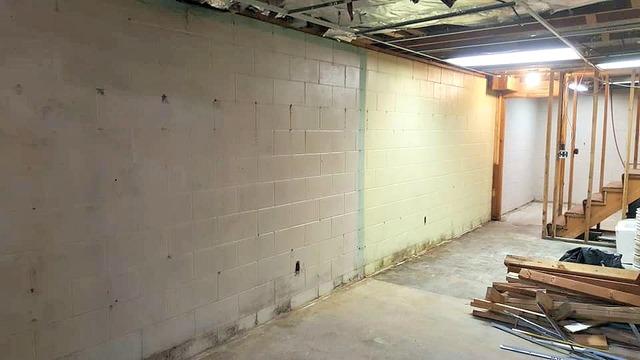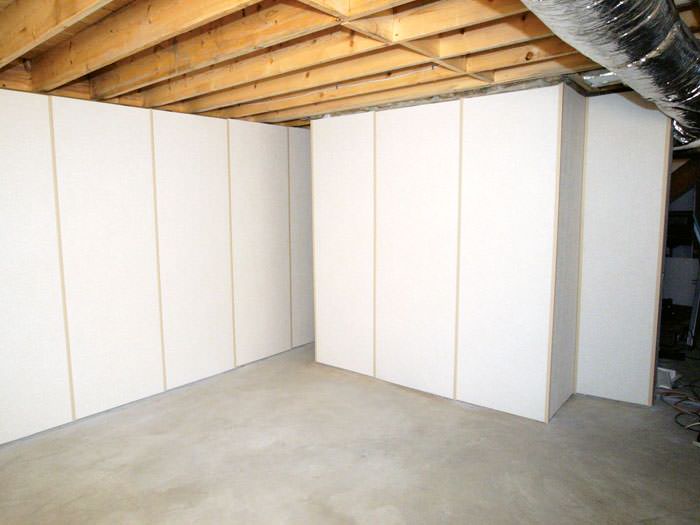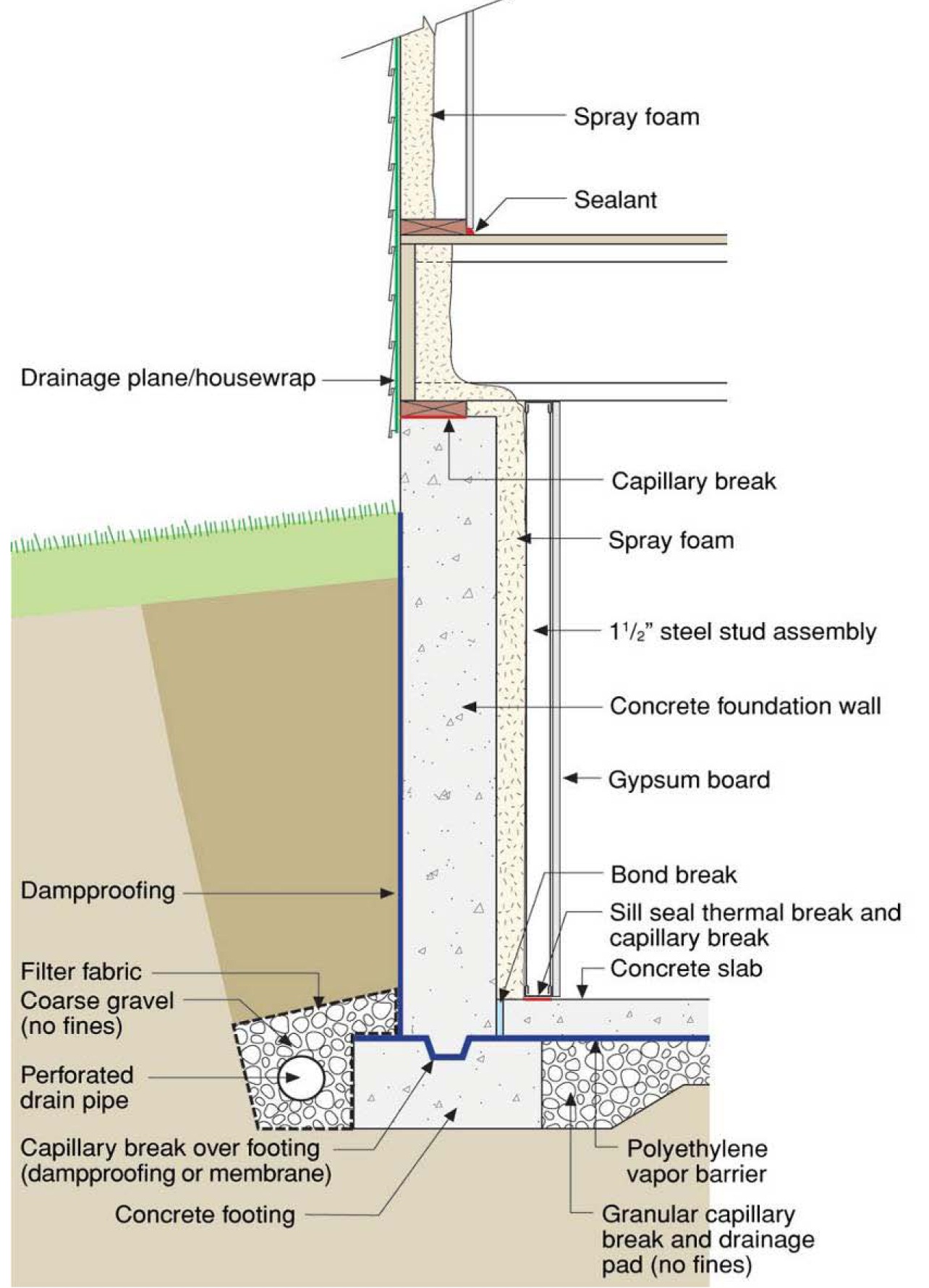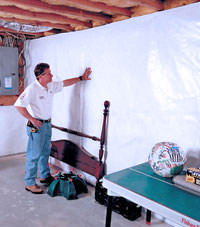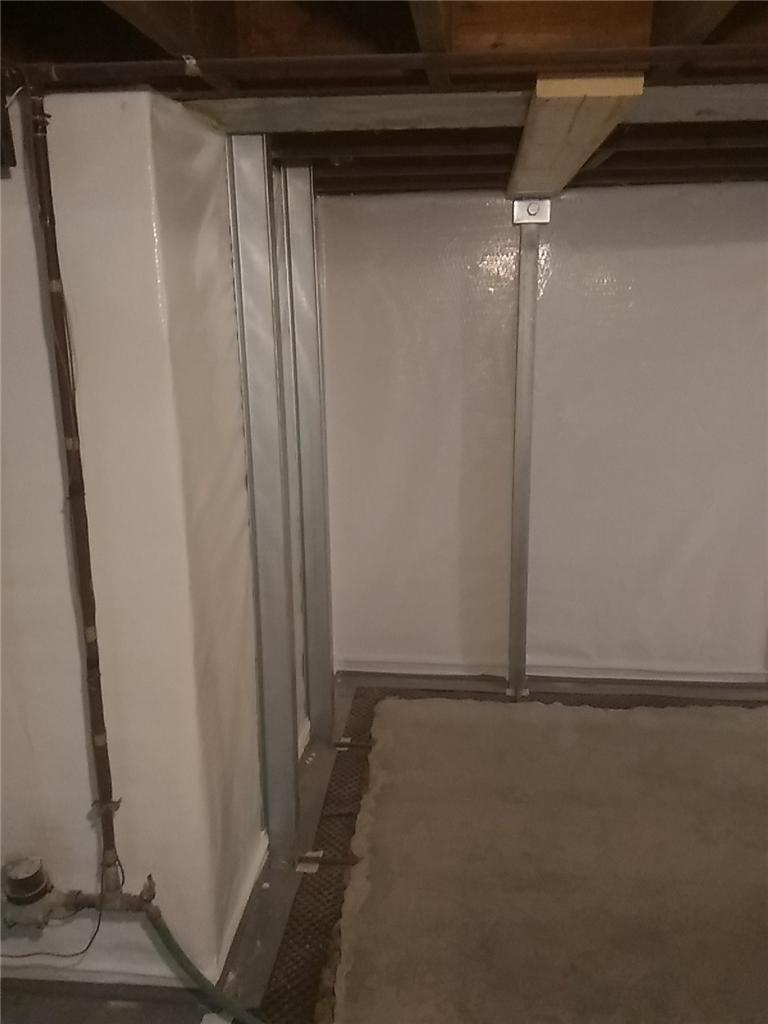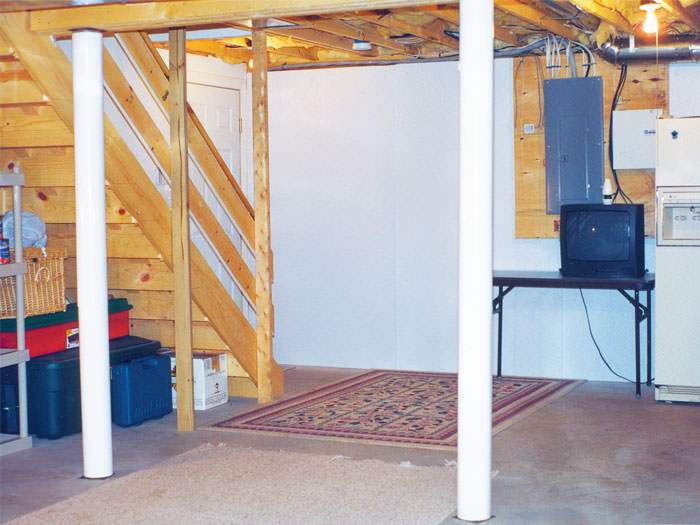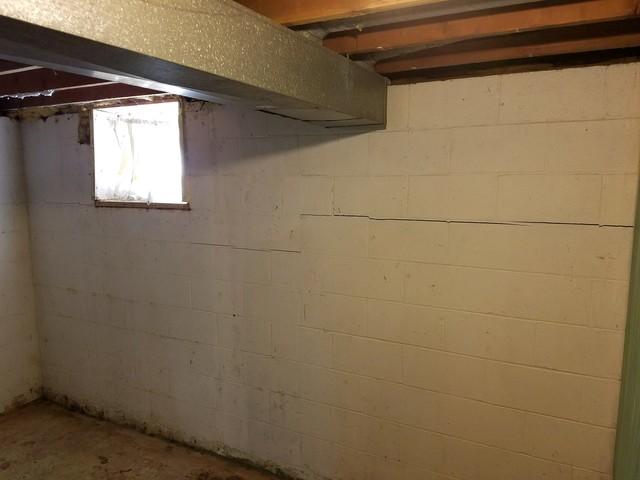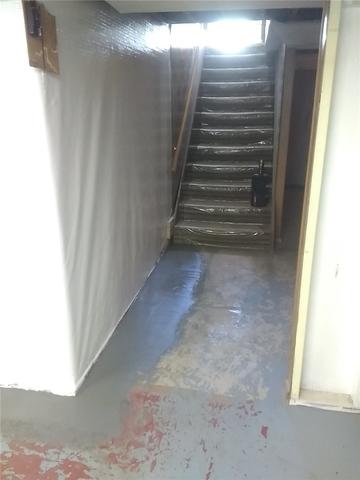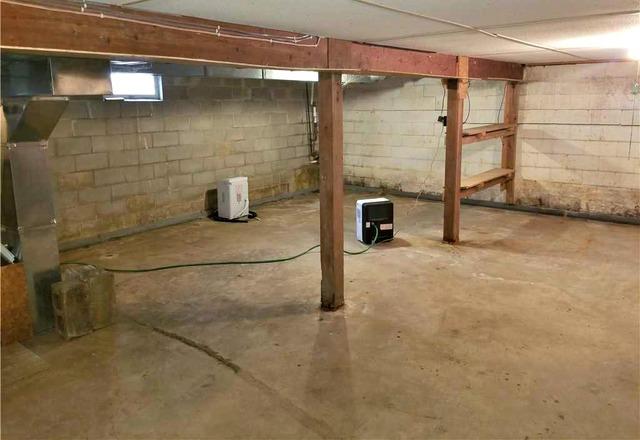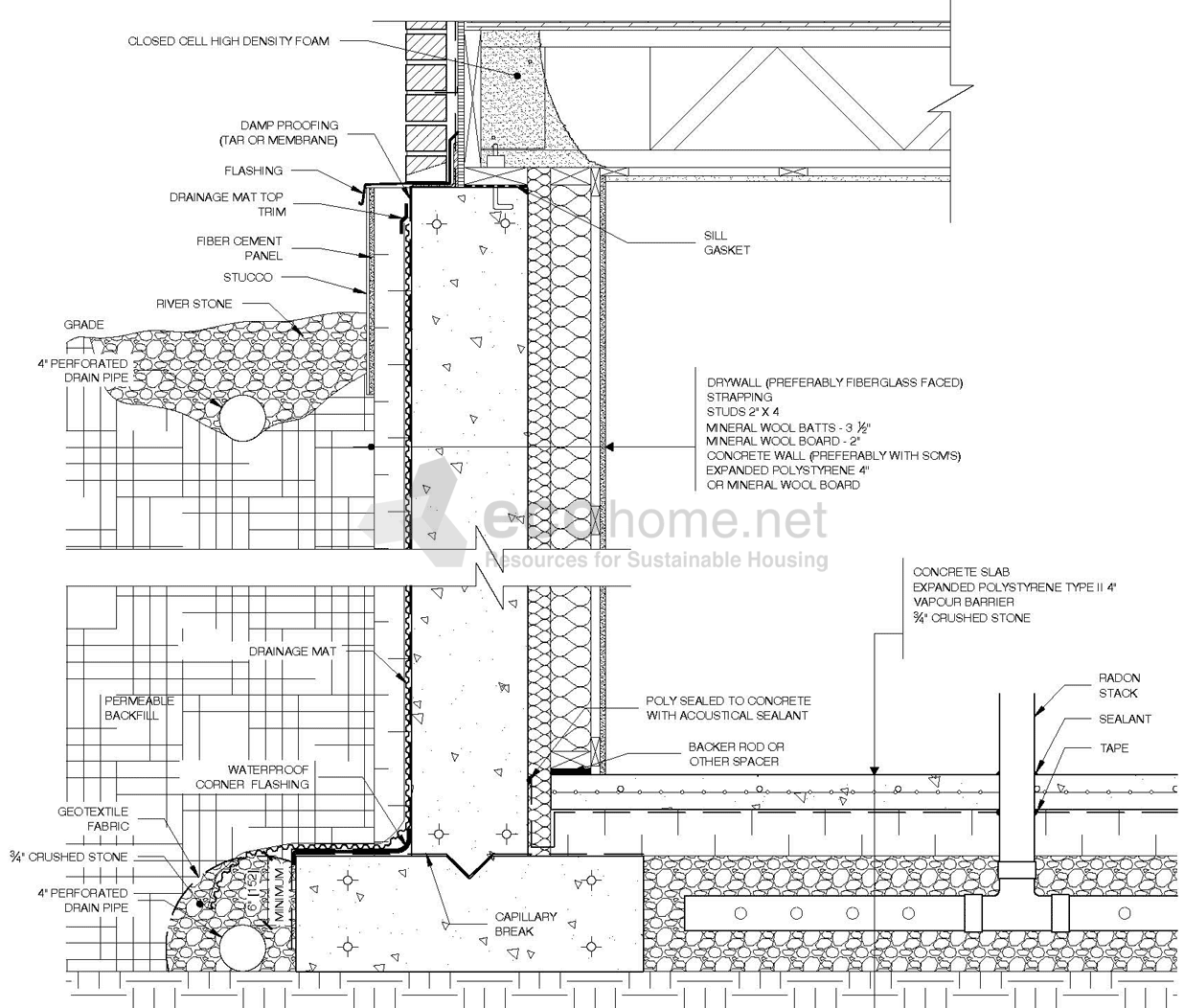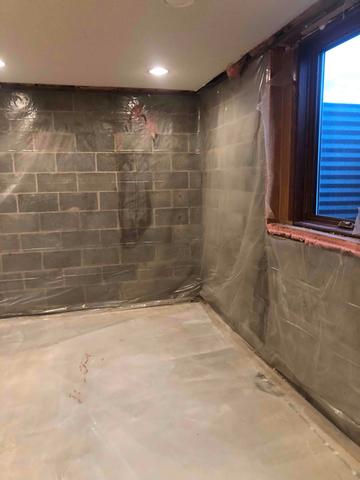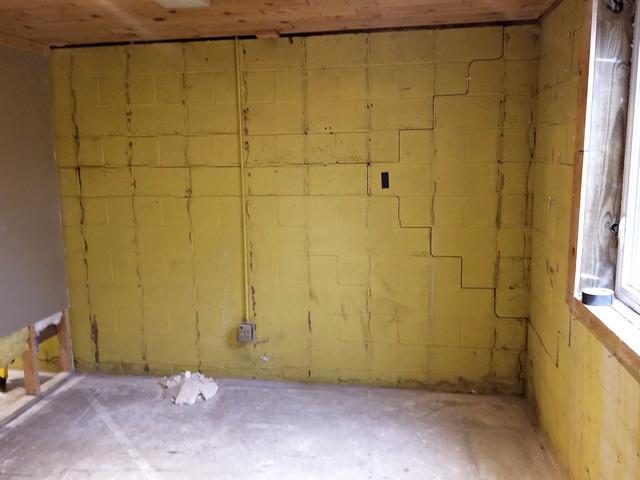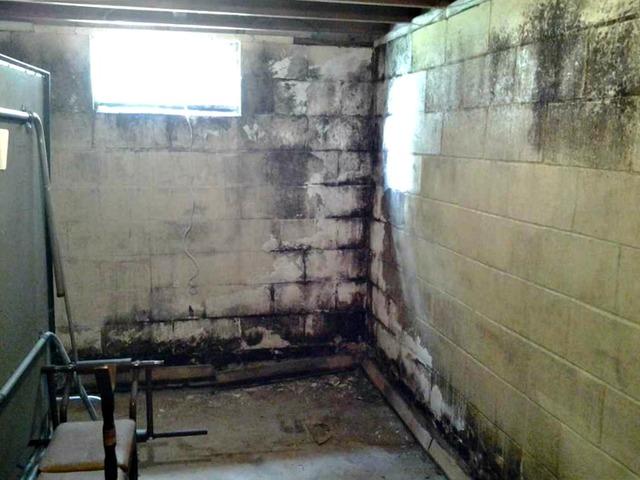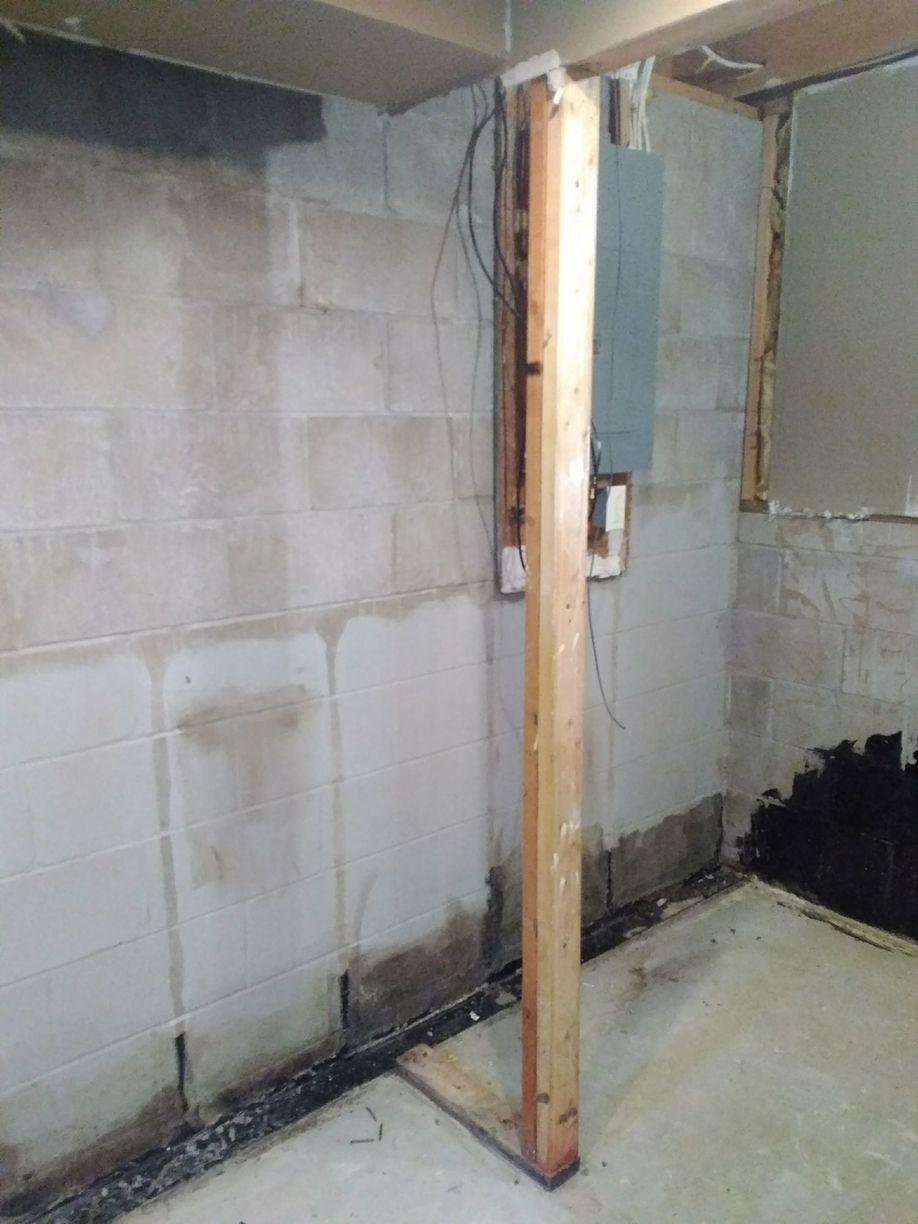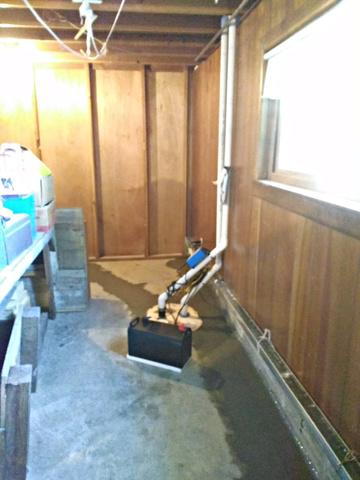If you have a framed wall that is adjacent to a concrete foundation wall where the vapor barrier is next to the drywall in front of the studs the fiberglass insulation gets wet and becomes a breeding ground for mold.
Vapor barrier basement walls minnesota.
Most minnesota homes have basements with either concrete block or poured concrete walls.
The top and bottom plates shall be air sealed to the foundation wall surface and the basement floor.
The inner surface in colder climates and the outer surface in hot humid climates.
The main concerns are condensation and drying potential.
In winter the dew point of the interior air is typically about 50 f assuming an air temperature of 70 f and a relative humidity of 50.
After the insulation is in place you will want to add a vapor retarder sometimes called a vapor barrier if you need one.
This barrier is meant to keep moisture from getting to the insulation in the walls and ceilings and it is required by building codes when insulating most houses.
In existing spaces oil based paints or vapor barrier latex paints offer an effective moisture barrier.
Not every wall does.
Cleanspace wall is a 100 waterproof plastic vapor barrier that s perfect for unfinished basement walls.
1 on the interior wall between the heated and unheated portion of the basement i would not use with a vapor barrier.
Check the top of the basement foundation.
Whether or not you need a vapor retarder hinges on three main factors.
Vapor barriers are sheets of plastic or other material placed on one side of insulation sheets.
Therefore an uninsulated basement can account for a significant amount of a home s energy loss.
A vapor retarder is a material used to prevent water vapor from diffusing into the wall ceiling or floor during the cold winter.
When the mold grows it will spread to everything around it studs drywall etc.
While these make sturdy foundations they re poor insulators and have a very low r val ue.
With a 25 year warranty pdf for wear and tear it s durable washable and has anti microbial protection called ultrafresh built right in.
Vapor barriers are usually best installed on the side of the wall that experiences the hotter temperature and moister conditions.
